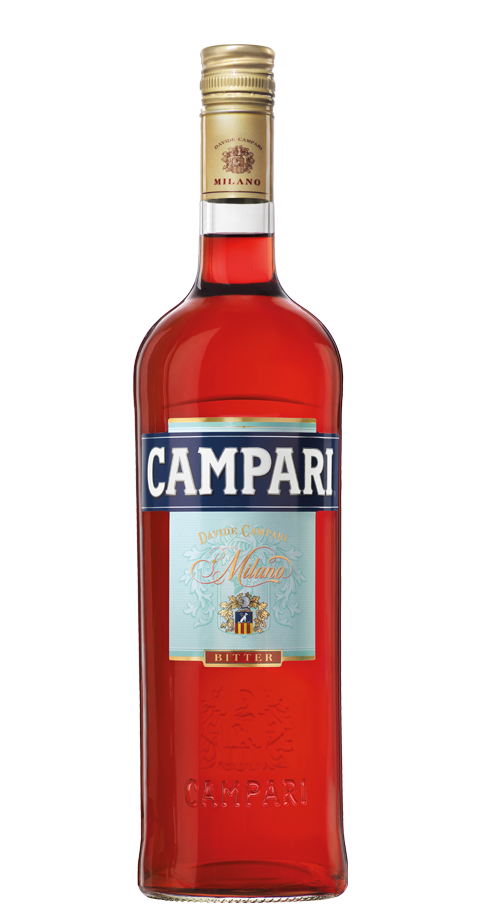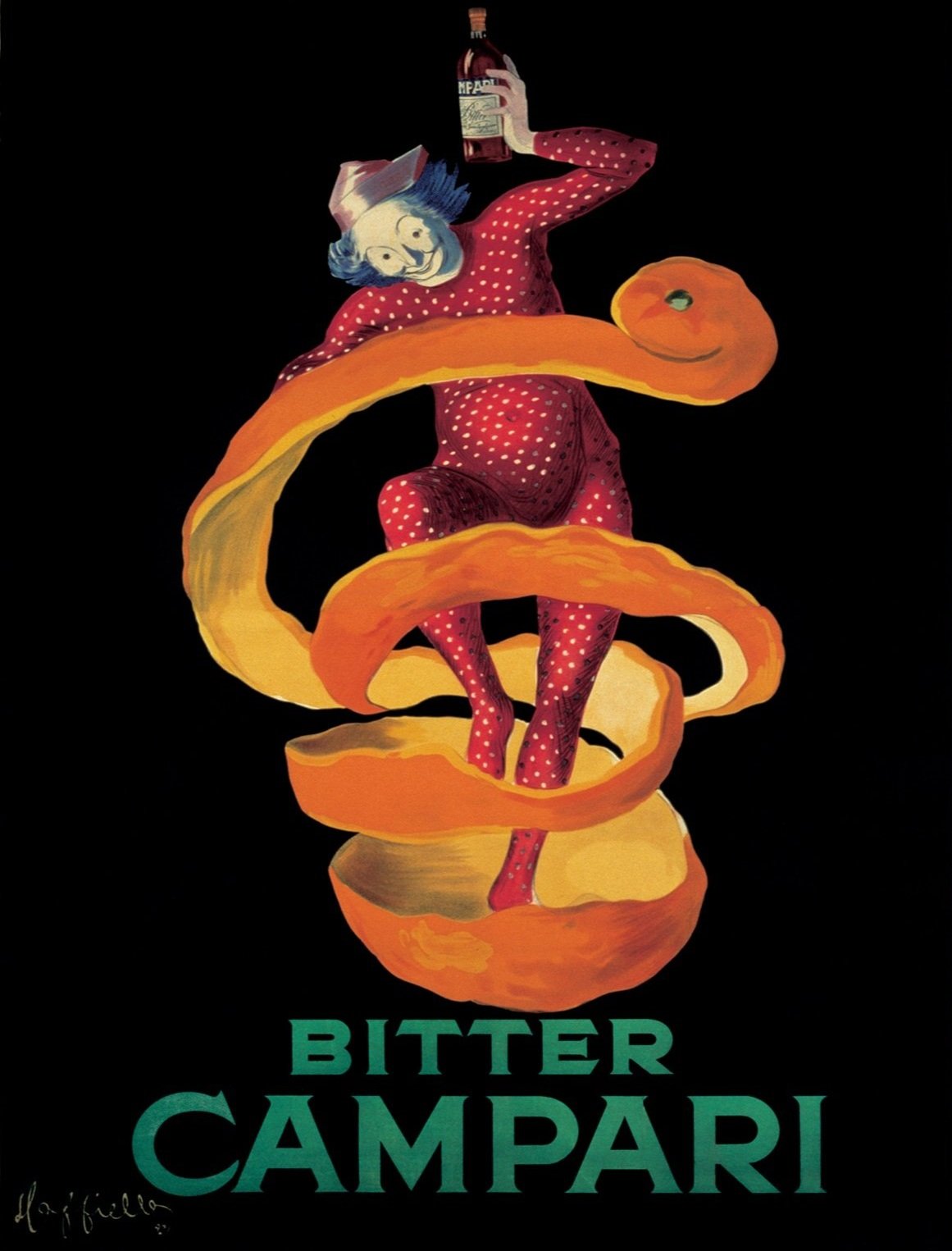Two weeks ago, you learned perhaps more-than-you-would-ever-want-to-know about the types of dining options it Italy, the Italian menu, and the first course of a typical Italian meal, the apertivo. Today, I will delve into what can be the most creative of the menu sectors, the antipasto.
I count bread as an antipasto…and Italy unarguably has the best bread in the world
For years (well, until two weeks ago) I thought the word antipasto (the plural is antipasti) was suggesting something anti, or against, pasta. Boy, was I wrong. Antipasto actually translates to “before the pasta”. So, it’s before, and not against. I’m greatly relieved that there is not conflict among the offerings on the Italian menu…things are so much more peaceful than that in Italy.
Let’s think of an antipasto as an appetizer, hors d'oeuvre, or starter. And, let’s think of a charcuterie board that you might put together in your home. So, instead of shrimp cocktail and maybe something that’s been fried on an American appetizer menu, let’s taste things like carpaccio, salami/salumi, peperoncini, peperone, olives, mushrooms, anchovies, artichoke hearts, a bruschetta of toasted bread and a yummy tomato salsa, prosciutto, figs, and such. And be sure to put your favorite Italian cheeses in the mix, like burrata, mozzarella and a salty parmigiana.
Yes, this is our actual antipasti board at Castrum Wine Bar & Bistrò in Castelrotto, north of Verona
Where in Italy do you imagine yourself right now? Think on it…I’ll give you a moment.
OK then, there is probably a regional-specific variation in the antipasto where you are voyeuristically located. Are you somewhere along the coast? The Amalfi coast is a great place to occupy your mind for a few moments, or any other coastal location will do in a pinch. What you might find there is some sort of saltwater fish, like branzino (sea bass). Branzino is the most important fish of the Mediterranean, and you may find just a bit of it amongst the antipasti in front of you.
If you are lucky enough to be thinking about the lake district, perhaps you are staying on the shores of Lake Como, or Lake Gardo, or Lake Maggiore, or lake something else. Here you might find a bit of freshwater fish with the other items of your antipasti mélange.
Maybe you are in the southern regions of Italy and that meat on your plate is a soppressata or nduja [more on these particular Italian meats here]. But did you think of northern Italy? There you will most definitely find prosciutto on your plate [learn all about prosciutto in a previous article here]. Here are a couple of photos of prosciutto con melone (melon).
What do real Italian antipasti look like? All of the photos are from our real-life experiences.
Just below you see a contrast in apertivi. To the left is a massive, but inexpensive (€12), amount of Italian meats, along with a spinaci (spinach) covered omelets (yes, little spinach omelets) that we enjoyed at Osteria dell’Unione in Treiso. Next, we see prosciutto with a bit of caprese (tomato, mozzarella, and basil) as our antipasti in Tirano. Then, at Osteria degli Amici in Stresa, a simple caprese antipasto, decorated with an aceto balsamico (balsamic vinegar) drizzle around the edge of he plate. On the right, you see a more delicate presentation from Enoteca della Valpolicella, in Fumane.
Not all antipasti are rustic, as you can see by looking at these two salads we were served at Pisi, in Venice…right on the Grand Canal.
And then, there’s the antipasto that we prepared ourselves in a wonderful cooking class in Piemonte.
Antipaso from our cooking class at Per Tutti I Gusti
See the antipasto below that we enjoyed to start our lunch? It is a simple bowl of tomato puree with a bit of burrata and basil, finished with a drizzle of olive oil. Kinda like a liquid caprese, right? Simple…yes? Tasty? Oh my goodness, it is the reason we returned for dinner the next evening. Enoteca della Valpolicella is a gem of a dining experience! It was so good that it has its own article here!
This Enoteca della Valpolicella liquid caprese was heavenly!
I have yet to write about the fabulous Italian cheeses…but I’ll get there soon. But, just as you will find variations in meats and fish based on locality, you will find that there are regionally significant cheeses that could very well (and should) be on your antipasto plate.
This ends the discussion of the antipasto course. But, now it’s time to confess to a blunder on my part!
Mi Dispiace! Another Word on the Apertivo
Ellen toasting to Csaba’s birthday by enjoying a wine apertivo with Dennis, Patty, and friends at Osteria Maria Luisa
I’m sorry! And, I am so embarrassed to say that in the previous article on the Apertivo, I failed to mention just regular ole wine as an apertivo.
Today, I’m here to rectify that huge mistake. I’ve added wine to the apertivi discussion in that article. You can make sure I did by clicking HERE.
That’s it for today’s reveal of the antipasto. Stay in touch for the next Eating in Italy article on the primi! Until then, I say…
Ciao for now,
Steve
If you didn’t get here by subscribing, please consider doing that here!



















